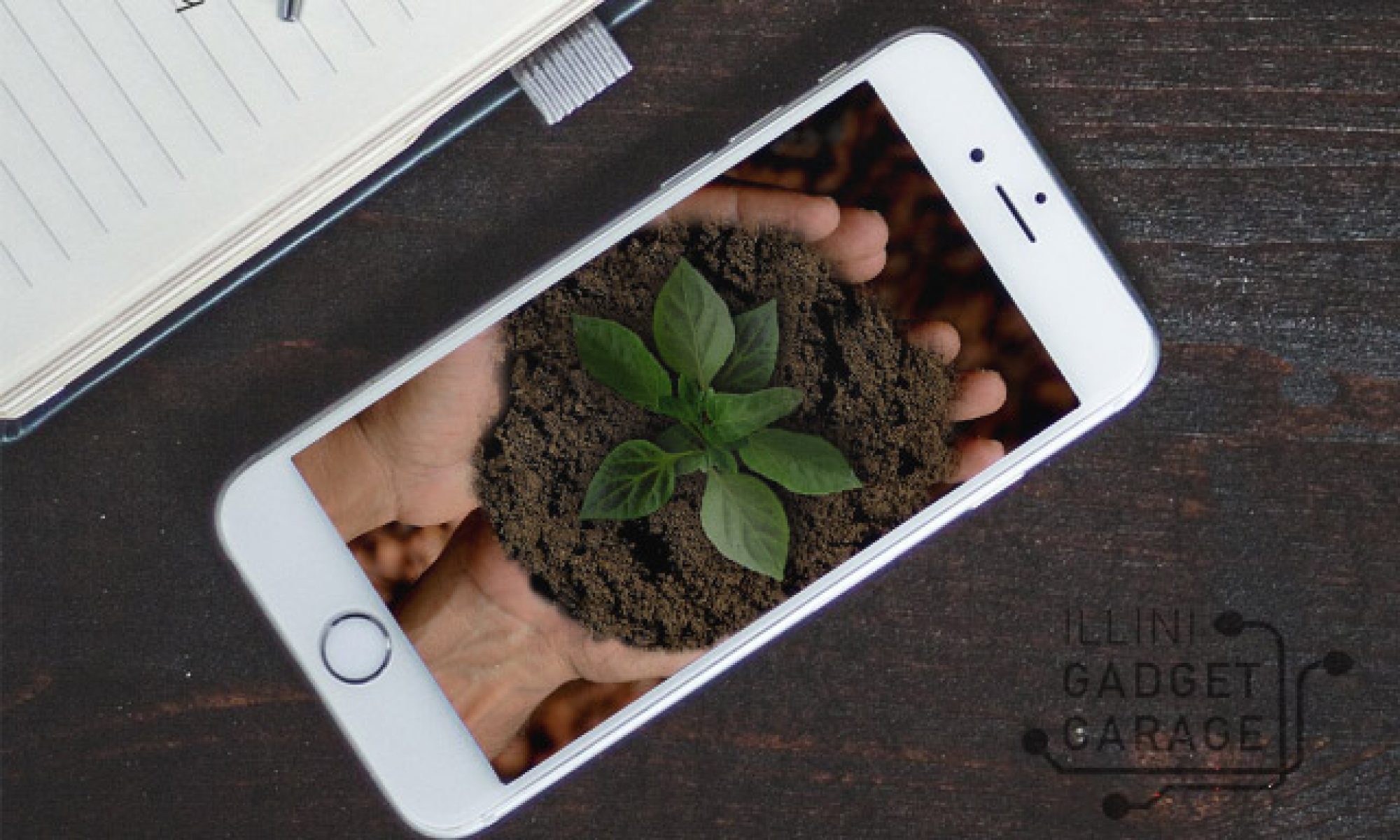Sitting poolside this summer, the electronics never seem to be far from hand. Whether it’s a Bluetooth speaker you have sitting out to listen to some tunes, a phone chilling out next to the cold beverage you’re sipping on, or a wrist watch that you forgot to take off before that really impressive cannonball, your devices have a good chance of encountering liquids.
Some of you may be less concerned about this than others as you own devices that are promoted as being water resistant, so let me just start out by saying that water resistant does not mean waterproof.
Companies are trying to make electronics more water resilient since so many of them end up going for a swim. In testing their devices, they assign them IP ratings which are good for letting consumers know just how dust and water resistant your device can be. The first digit following IP gives a rating for dust or other solid objects on a 0-6 scale, and the second digit following IP gives a rating for the device’s resistance to water on a 0-8 scale. The higher the numbers, the greater the level of resistance. For example, a device that is labeled IP67, like Samsung’s Galaxy S5 or the iPhone 7, has a dust resistance of 6 which is the highest rating, meaning it is essentially as dust resistant as a device can be; and a water rating of 7 which means that the device has been lab tested to survive a temporary immersion (30 minutes or less) in less than 1 meter of water.
(Click here for more information on what your device’s IP rating covers.)
So, your phone’s immersion safe. Sounds great, right? Let’s take pictures underwater with it.
Mmm, no, not so much.
Even smartphones with the highest rating, IP68, like the Galaxy S7 , can still manage to drown.
The problem with IP ratings is that they only prove that they’ve passed the required tests in a controlled lab; real world conditions will vary. Perhaps the tests were performed for the IP ratings were done with a gradual submersion opposed to a sudden dunk; using fresh water rather than damaging salt or chlorine; or using static water rather than running water; or in lukewarm water versus a hot tub or frozen lake. There is such a wide array of variables that impact the water resistance of a device that your safest bet is to keep it away from liquids as much as possible.
Companies like Apple, Samsung, and Sony have lots of caveats for what should and shouldn’t be done with their devices regarding their interaction with liquids such as: not using the device while submerged, letting the device dry out for a few hours afterwards, and not opening the device when it’s wet as it can damage the adhesives that help give it its water-resistant rating.
Most device warranties, even those with higher IP ratings, do not include liquid damage due to the high levels of unpredictable conditions that can affect them, including water resistant components that can wear out gradually over time. And if you think you can try and take it in to see if you can get it replaced after its taken a dunk and dried out, think again. A good portion of smartphones have water damage indicator stickers inside the device and on batteries that will change colors when exposed to liquids or water vapor, a red flag to anyone opening your device for repair.
Due to the nature of phones, it seems unlikely that they will ever be truly waterproof, needing open areas for ports, picking up sound vibrations, and maintaining equal pressure with the surrounding atmosphere, but companies are making an effort to keep liquids from destroying them. And as liquid damage is the second most common way of destroying a smartphone, I think it’s a device safety net that we all can appreciate.

